2024 T851 High-Strength Aerospace Aluminum Plate
The aerospace industry imposes near-rigorous demands on materials: they must be lightweight, strong, fatigue-resistant, corrosion-resistant, and easy to process. Among many aluminum alloys, 2024 T851 high-strength aerospace aluminum plate is known as the “skeleton of the airframe,” offering exceptional mechanical properties and consistent formability. It has become the gold standard for aircraft structural components and high-end engineering manufacturing.
What is 2024 T851 Aluminum Alloy?
2024 aluminum alloy is a typical Al-Cu-Mg series high-strength, heat-treatable alloy with copper as the primary alloying element. After heat treatment, it achieves very high strength.
Chemical composition of 2024 aluminum alloy (%):
| Alloy | Si | Fe | Cu | Mn | Mg | Cr | Zn | Ti | Other:Total | Other:Each | Al |
| 2024 | 0.5 | 0.5 | 3.8-4.9 | 0.3-0.9 | 1.2-1.8 | 0.1 | 0.25 | 0.15 | 0.05 | 0.15 | remainder |
T851 temper refers to a sequence of solution heat treatment – stress-relief stretching – artificial aging. Compared to the common T4 or T6 tempers, T851 specifically emphasizes stress relief to minimize residual stress that can lead to warping or cracking.
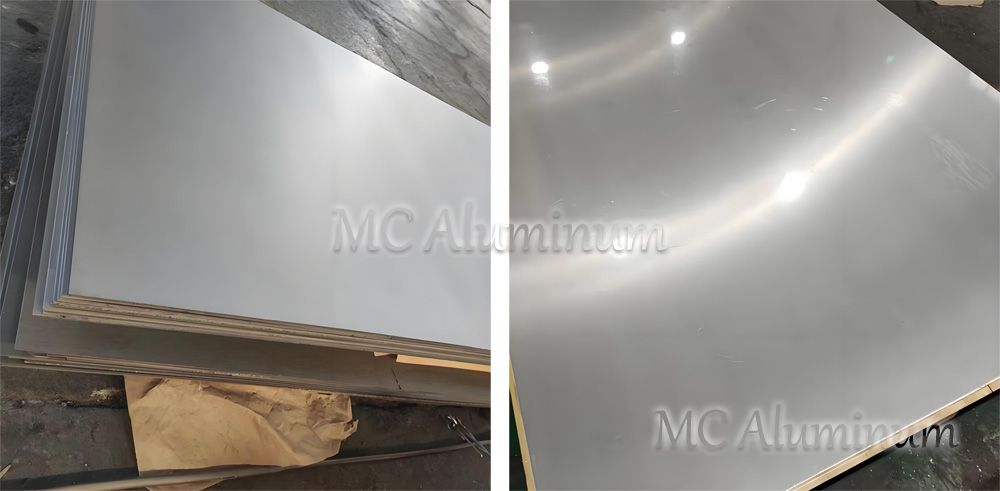
Unique Advantages of T851 Temper
(1) High Strength
Typical tensile strength of ≥470 MPa
Yield strength ≥325 MPa
Especially suited for high-load, safety-critical aerospace components
(2) Excellent Fatigue Performance
Aircraft components endure repeated loading; T851’s heat treatment significantly extends fatigue life
Stress-relief stretching reduces the chance of micro-crack initiation
(3) Good Machinability and Formability
Low residual stress after stretch-straightening
Minimizes distortion during CNC milling, stamping, drilling
Suitable for precision machining of complex parts
(4) Outstanding Dimensional Stability
Uniform heat treatment and low internal stress
Ensures stable shapes and dimensions, avoiding deformation during service
(5) Corrosion Resistance
2024-T851 alloy has relatively lower corrosion resistance
In aerospace use, surface treatments such as anodizing, painting, or Alclad cladding are typically applied to enhance corrosion resistance
Aerospace-Grade 2024 Aluminum Plate Specifications
| Alloy | 2024 |
| Tempers | O, T3, T4, T351, T851, T81, H112, etc. |
| Thickness | 3 mm - 150 mm |
| Width | 800 mm - 2500 mm (wider by special order) |
| Length | Custom cut-to-length (commonly 2000 mm, 2500 mm, 3000 mm, 6000 mm) |
| Surface Finish | Mill finish, brushed, anodizing-quality base |
| Standards | AMS-QQ-A-250/4, GB/T 3880, ASTM B209 |
| MOQ | 3 tons |
Mechanical Properties
| Elongation | 23% |
| Tensile Strength | 66,000 PSI |
| Yield Strength | 58,000 PSI |
| Modulus of Elasticity | 10,500 ksi |
| Coefficient of Thermal Expansion (20–100 °C) | 23.2 µm/m-°C | 12.9 µin/in-°F |
| Thermal Conductivity | 121 W/m-K | 840 BTU-in/hr-ft²-°F |
| Density | 2.78 g/cm³ |
Applications of 2024 T851 Aluminum Plate in Aerospace
Aircraft fuselage structures:
Used as the main framework of the aircraft, including fuselage skin, bulkheads, and stringers, which must withstand significant tensile and compressive loads.
Wing structural components:
Especially lower wing skins and webs of wing spars, which endure major tensile stresses during flight and demand superior strength and fatigue resistance.
Other critical load-bearing parts:
Landing gear components, fittings, high-strength bolts, hydraulic valve bodies—all requiring excellent strength and reliability.
Military and commercial aircraft:
2024 T851 is widely used in critical structural areas of various military and commercial aircraft, supporting weight reduction, performance improvements, and safety.
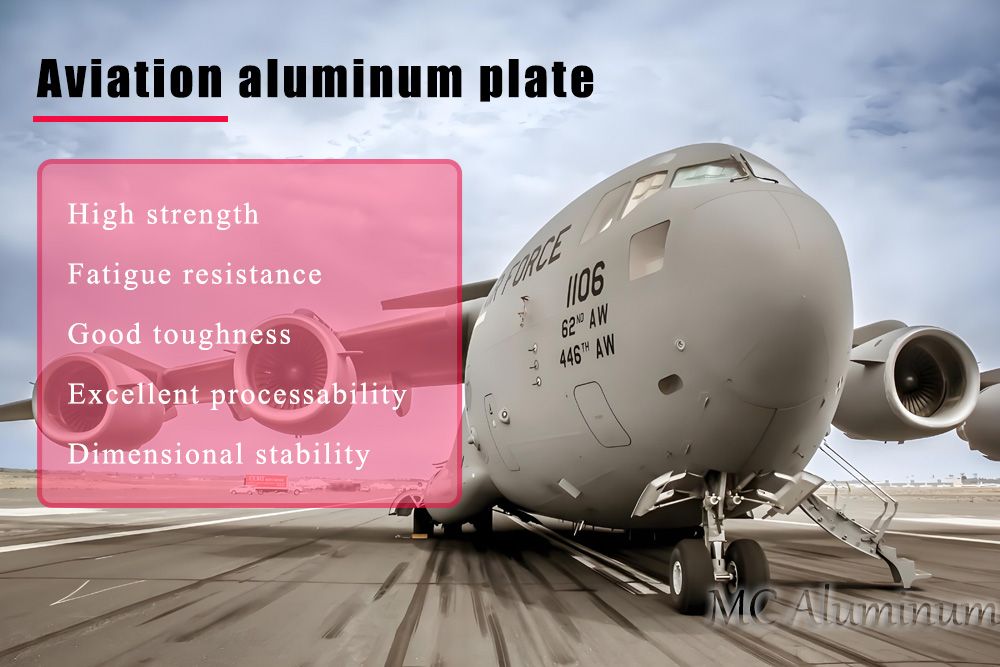
Comparison of 2024 T851 with Other Tempers
| Characteristic | T3/T4 (Natural Aging) | T6/T62 (Artificial Aging) | T851 (Stress-Relieved + Artificial Aging) |
| Tensile Strength | Medium | High | High |
| Fatigue Performance | Good | Slightly lower | Excellent |
| Post-Machining Warpage | Residual stress | Residual stress | Low residual stress |
| Typical Applications | Light-load components | Where hardness is needed | High-load aerospace structural parts |

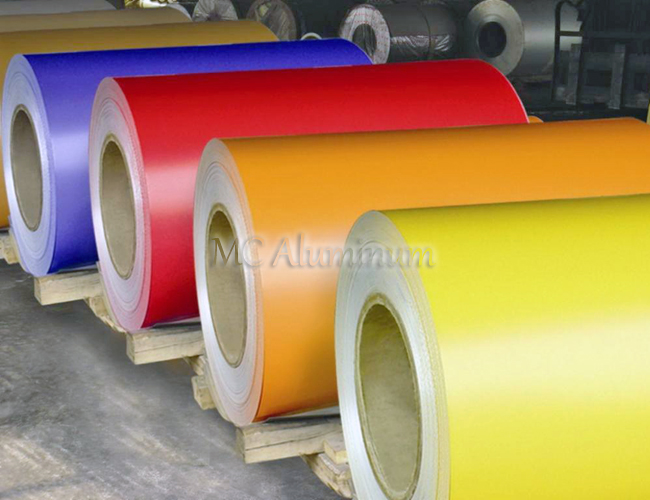
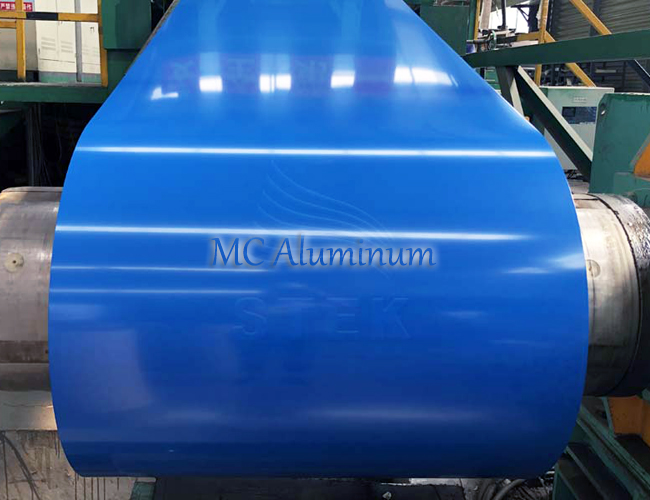

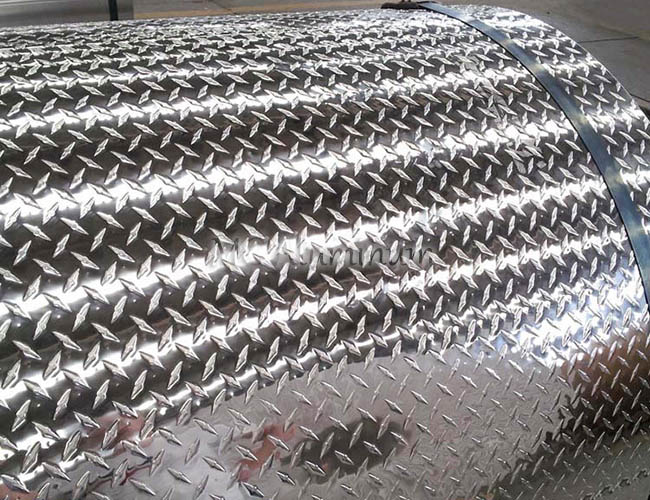
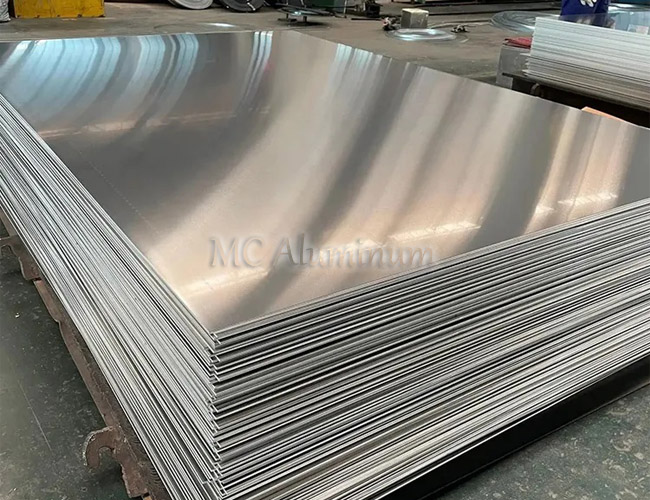
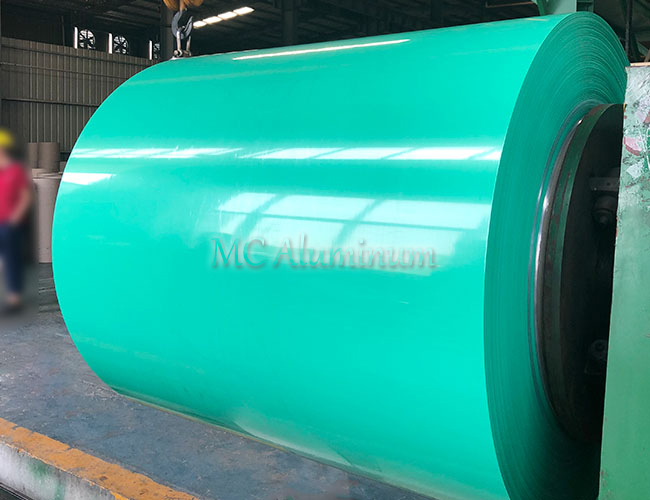
Contact Us